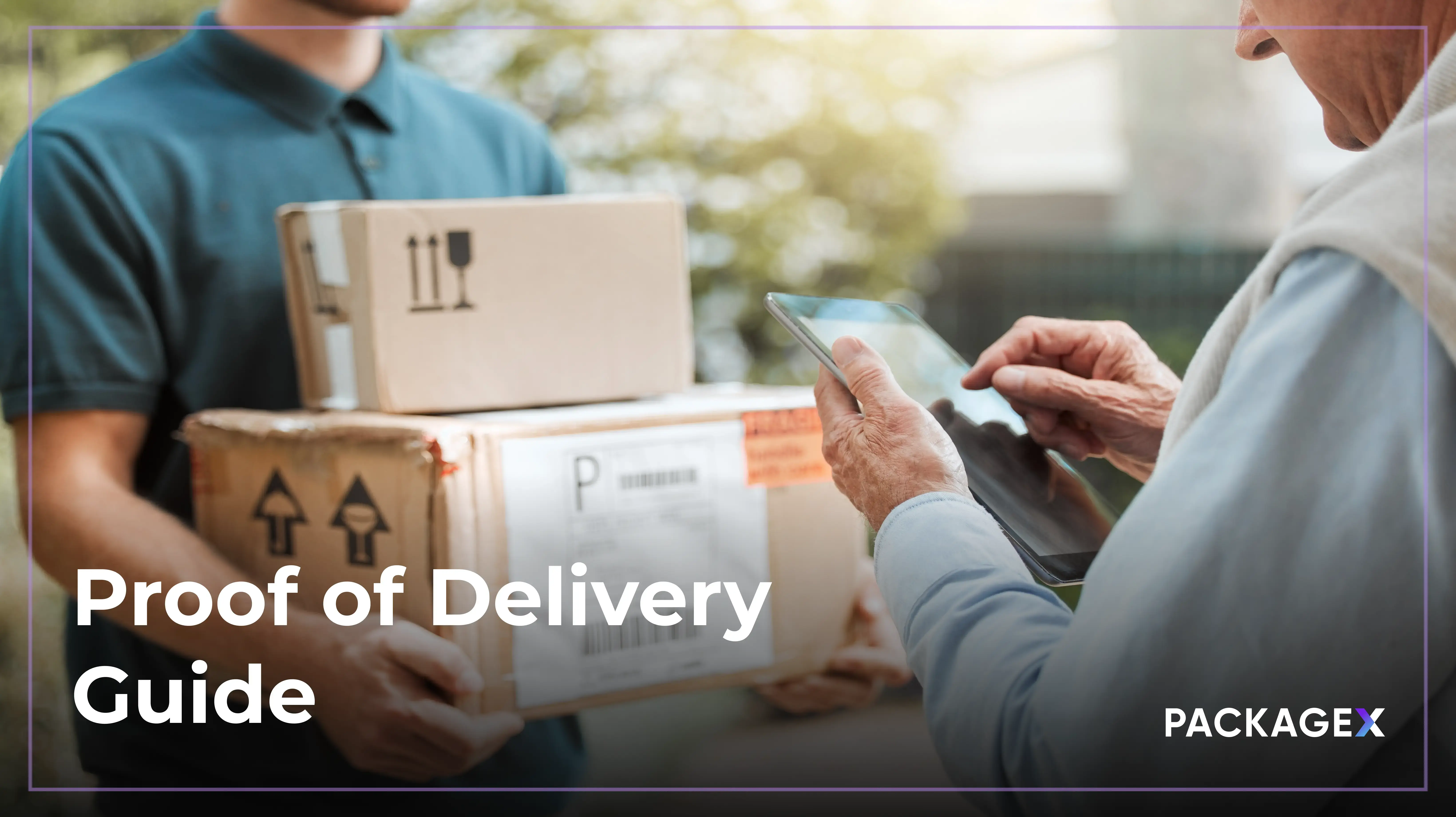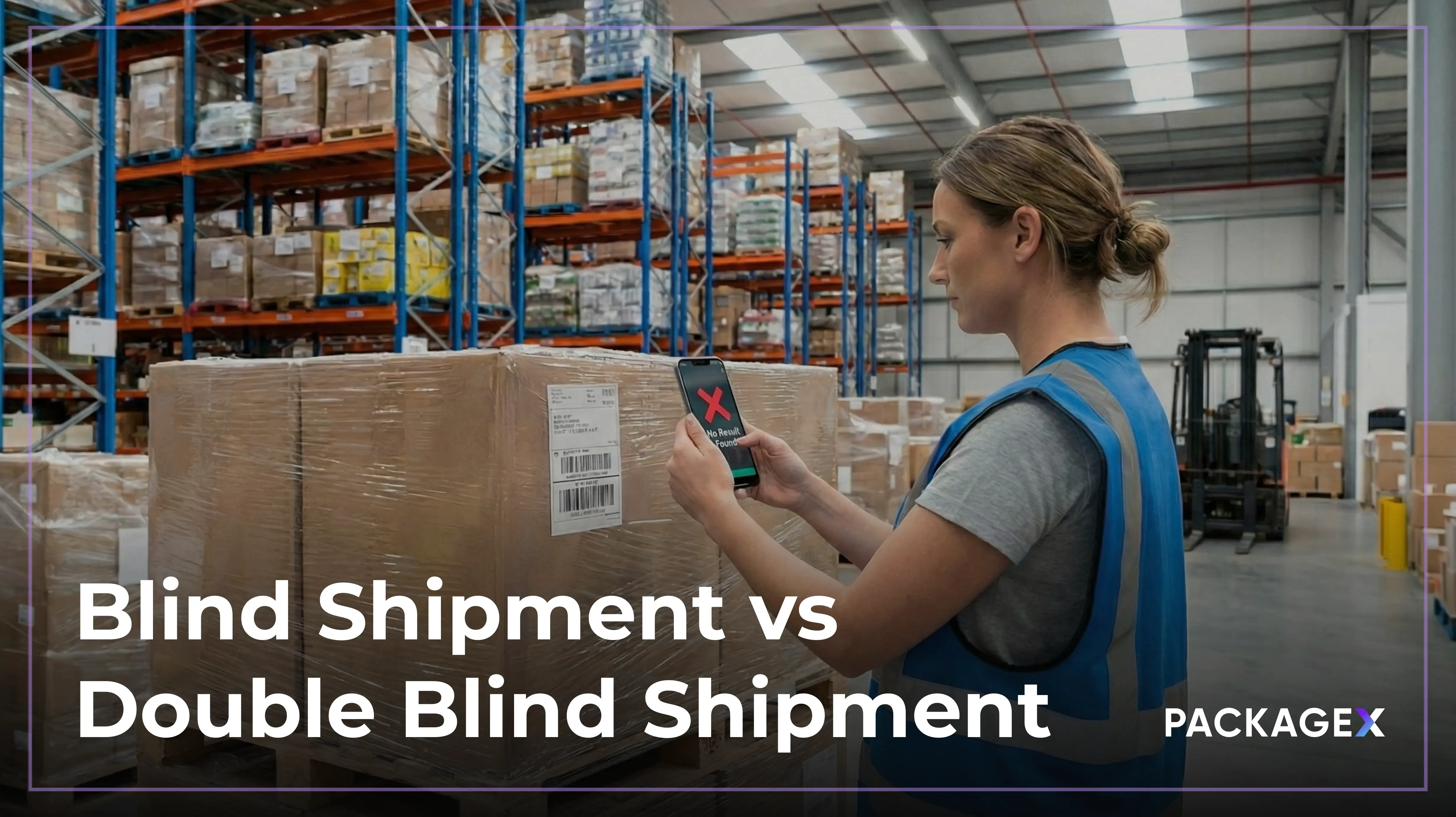Managing logistics can be a significant challenge for many retailers in today's fast-paced and competitive business landscape. With the rise of eCommerce, instant gratification, and changing shopper expectations, retailers face increasing pressure to manage their supply chains more efficiently and cost-effectively. From sourcing and manufacturing to warehousing and fulfillment, there are many moving parts to consider, and any misstep along the way can impact the shopper experience and the bottom line. This is where third-party logistics (3PL) providers come in, offering various services to help retailers manage their supply chains effectively.
For retailers, whether small to mid-sized or large enterprises, selecting the right 3PL provider can be a game-changer. By partnering with a reliable 3PL provider, retailers can streamline their operations, reduce costs, and ultimately deliver better value to their shoppers, regardless of size or scale. But with so many 3PL providers in the market, how do retailers choose the right partner for their business?
In this blog post, we'll explain what is 3PL and why it matters, as well as share practical tips on selecting the right third-party logistics (3PL) partner.
What Is 3PL?
Third-party logistics, often abbreviated as 3PL, refers to the outsourcing of various logistics and supply chain management activities to external service providers. These providers are specialized companies that offer a range of logistics services to retailers, helping them manage and optimize their supply chain operations more efficiently. The services offered by third-party logistics providers can vary widely and may include:
- 3PL warehousing
- Inventory management
- Receiving
- Order management and fulfillment
- Shipping
- Returns management
- Order tracking
- International logistics
- Other value-added services (Kitting and customization)
Retailers often choose to work with third-party logistics providers to leverage their expertise, resources, and infrastructure, allowing them to focus on their core competencies while leaving the complexities of logistics to specialists. The ultimate goal of third-party logistics is to enhance operational efficiency, reduce costs, and improve overall supply chain performance.
How Does Third-Party Logistics (3PL) Process Work?
The third-party logistics (3PL) process comprises a series of interconnected steps that collectively facilitate efficient supply chain management for businesses. Each step is crucial in ensuring seamless operations, from receiving goods to handling returns. Let's delve into the details of how the 3PL process works:
Receiving:
In the receiving phase, the 3PL provider accepts incoming shipments from suppliers. This involves carefully verifying the received items against purchased orders and packing lists to ensure accuracy. The 3PL provider may inspect the goods for any damages and discrepancies before proceeding to the next step.
3PL Warehousing:
3PL warehousing refers to the storage and management of inventory by a third-party logistics (3PL) provider in their warehouse facility instead of storing the inventory in the retailer's warehouse.
3PL warehouses are strategically designed to optimize space utilization and ensure efficient inventory management. Advanced warehouse management systems (WMS) are often employed to track the location of items within the facility. Among the various types of 3PL warehouses, the most prevalent are those that store and ship products and handle returns.
These warehouses often have the added capability of providing expedited shipping options, such as two-day shipping, further enhancing their value proposition for retailers seeking to optimize their logistics operations. Retailers can improve their product fulfillment workflows by drawing on the experience of 3PL warehouses.
Picking:
When a shopper places an order, the 3PL provider's system initiates the picking process. During picking, warehouse staff retrieves the required items from their storage locations. This process can be optimized through efficient picking strategies and technology integration, such as barcode scanning.
Packing:
After picking, the items are carefully packed for shipment. The 3PL provider ensures that the items are securely packaged to prevent damage during transportation. This step also involves labeling packages accurately to facilitate smooth shipping and provide tracking information.
Shipping:
Once packed, the packages are handed over to the chosen shipping carrier for delivery to the end customer. The 3PL provider coordinates with carriers, selects appropriate shipping methods, and generates shipping labels. This step includes ensuring timely dispatch and accurate handover of packages to the carrier.
Returns:
This involves receiving returned items, inspecting them to determine their condition, and processing them according to established procedures. Returned items may be restocked, repaired, refurbished, or properly disposed of, depending on their condition.
What Are the Benefits of Using a Third-Party Logistics (3PL) Provider?
In today's competitive market, retailers need to focus on their core business functions and leave the logistics to the experts. Here are some benefits retailers can enjoy by partnering with a 3PL provider.
Time and cost saving: By outsourcing logistics to a 3PL provider, retailers can save time and reduce warehousing, shipping, and inventory management costs. The 3PL provider takes care of these tasks, allowing the retailer to focus on other important functions, such as product development and shopper service.
Increased efficiency: 3PL providers help retailers optimize logistics operations, reducing delays and errors and increasing efficiency. They use advanced technology and software to manage inventory, track shipments, and automate processes, resulting in faster and more accurate order fulfillment.
Expertise and access to specialized equipment: 3PL providers have access to specialized equipment and facilities, such as temperature-controlled storage, hazardous materials handling, and oversized cargo transport. They also have the expertise to handle complex logistics operations, such as international shipping, customs clearance, and compliance with regulatory requirements.
Scalability and flexibility: With a 3PL provider, retailers can scale up or down their logistics operations based on demand fluctuations. 3PL providers can quickly adapt to changes in order volume, shipping destinations, and inventory levels without requiring significant investments in infrastructure or staff.
Improved shopper satisfaction: By partnering with a 3PL provider, retailers can offer their shoppers faster, more reliable, and more cost-effective shipping options. This improves shopper satisfaction, leading to repeat business.
3PL vs. 4PL: What's the Difference?
A 4PL acts as an extra layer between retailers and the 3PLs responsible for shipping their goods. When a retailer engages a 4PL, the 4PL organizes and oversees 3PL services on behalf of the client. This is occasionally referred to as "double brokering." 4PLs provide comprehensive supply chain management, including 3PL services, manufacturing, inventory procurement, etc.
Which Retailers Are Good Fits for 3PL Services?
Instilling third-party logistics (3PL) services can be a breakthrough for retailers looking to streamline their logistics operations. While 3PL providers can work with many kinds of retailers, the perfect fit lands among those that may be experiencing the following growing pains:
A. Retailers shipping more than 100 orders monthly
Retailers shipping over 100 orders per month can benefit greatly from 3PL services. Managing inventory and shipping becomes increasingly complex and time-consuming as order volume increases. A 3PL provider can take on these tasks, allowing retailers to focus on other aspects, such as marketing and sales.
B. Retailers running out of space for inventory storage
Storing inventory in-house can be expensive and inefficient, particularly for small and medium-sized retailers. 3PL providers have large warehouses that can accommodate a wide range of inventory types and sizes, ensuring that retailers have the space they need without the high overhead costs.
C. Retailers who want to offer specific-day shipping
With a larger network of warehouses, 3PL providers offer a greater variety of faster and more reliable shipping options compared to retailers who manage on their own. This is particularly important for retailers who want to offer two-day or next-day shipping, as they need warehouses close to their shoppers to ensure timely delivery.
How to Choose the Right 3PL Partner?
Choosing the right third-party logistics (3PL), partner is one of the most critical decisions a retailer can make to scale their business. After all, a 3PL partner can make or break your supply chain and ultimately impact your ability to deliver an exceptional shopper experience. With so many providers out there, it can be challenging to choose the right one. Here are some core characteristics to look for when selecting a 3PL partner:
1. Industry experience and expertise
Retailers should look for a 3PL partner with significant industry experience and specialized expertise in eCommerce. It can help them navigate unique challenges, improve supply chain efficiency, and provide valuable insights to optimize logistics operations. A 3PL partner with a track record of delivering results and solving complex logistics challenges can be a valuable asset for retailers. Online reviews of third-party logistics services can help retailers choose the best-suitable 3PL partner.
2. Technology and automation capabilities
In today's digital age, advanced technology is a must-have for efficient logistics operations. Retailers should choose a 3PL partner that uses advanced technology and automation capabilities to streamline processes, minimize errors, and provide real-time visibility into their inventory and orders.
3. Geographic reach and network
The geographic reach of a retailer's 3PL partner is critical to ensuring fast and reliable delivery to shoppers. Consider a provider with a broad network of distribution centers in strategic locations to help reduce shipping times and costs.
4. Scalability
When choosing a third-party logistics (3PL) partner, retailers should consider a provider that can scale with their business. As the business grows, its logistics requirements evolve. Selecting a 3PL partner that can accommodate growth can help ensure the business doesn't outgrow its logistics capabilities or need to switch providers down the line.
It's important to assess a 3PL provider's capacity, capabilities, and infrastructure to ensure they can expand operations in line with the retailer's growth plans. This can help retailers to avoid the hassle of finding a new provider or investing in additional resources to manage logistics in-house.
5. Cost and pricing
Cost is a significant factor when selecting a 3PL partner. It is recommended to look for a provider that offers transparent pricing and demonstrates a clear understanding of the retailer's logistics costs. By carefully assessing the cost structure of potential 3PL partners, retailers can make an informed decision that aligns with their business goals and budget.
6. Look for a partner with omnichannel expertise
In today's retail environment, omnichannel capabilities are essential. Retailers should opt for a 3PL partner that can provide a seamless omnichannel experience for their shoppers, whether they shop online or in-store.
{{returns-webinar}}
How Can PackageX Help Retailers and Their 3PL Providers?
Third-party logistics (3PL) companies often face the challenge of managing and streamlining complex logistics operations for multiple retailers and eCommerce brands. Manual workflows, paper-based processes, and siloed point solutions can cause inefficiencies and errors in inventory management, order fulfillment, shipping/forwarding, and returns handling. As a result, retailers may experience delays in delivery, missed orders, and increased costs. To overcome these challenges, 3PL companies can adopt a headless logistics cloud like PackageX.
It offers a suite of user-friendly apps and APIs within a flexible logistics infrastructure designed to support 3PL companies and their retail partners by streamlining their logistics operations and, in turn, improving shopper satisfaction. With this infrastructure, retailers can expect quick order fulfillment and fewer errors.
By digitizing manual workflows and connecting siloed point solutions, PackageX enables 3PL providers to scale their retail partners' operations efficiently and cost-effectively. Its award-winning OCR label ingestion technology halves package processing time, resulting in faster and more accurate package handling. Additionally, its shipping marketplace dynamically selects the best rates for every order, passing savings on to providers or their retail partners. With these powerful tools and technologies, 3PL providers and retailers can improve logistics capabilities and drive customer retention while reducing costs and increasing efficiency.




